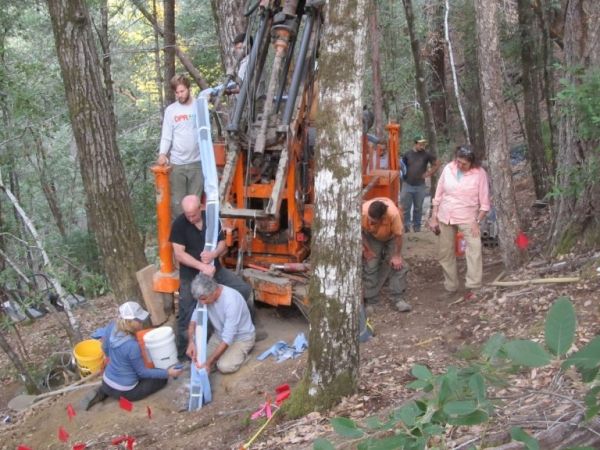The bedrock beneath our feet has a reputation as an inhospitable place. In contrast, soil is known to be teeming with life – from microbes to plant roots to bugs.
This perspective has set soil up as the most important source of carbon dioxide produced by forests, the CO2 being a natural byproduct of the life within it. But according to a study led by The University of Texas at Austin, the prevailing view is just scratching the surface.
The study found that CO2 can also be produced deeper underground in bedrock fractures, and that this source could account for up to 29% of the daily average CO2 emitted by the land, depending on the season.
This finding does not mean that landscapes are emitting more CO2 into the atmosphere, but it does challenge the conventional wisdom about where CO2 is being produced. It can also help improve climate change models because understanding how and where CO2 is produced is an essential part of creating accurate forecasts.
Read more at University of Texas at Austin
Image: Jackson School Assistant Professor Daniella Rempe (in white hat) and colleagues from the Eel River Critical Zone Observatory and Ben Gurion University install specialized sampling ports for collecting water and gases in fractured rock. A drill rig is used to create a diagonal hole to house the sleeve of samplers. (Credit: William E. Dietrich)


